Deathly Hallows Part II: An Ending Worth The Wait

The end was near. Now it is here.
After ten years and seven other movies, the Harry Potter film series is now movie history.
To mention any specifics about Harry Potter and the Deathly Hallows Part II would be to risk giving away spoilers (although you may want to spend a great deal of time discussing those specifics with somebody afterwards). However, there are reveals in Part II that I would put up against those of any in film history, including the Vader/Skywalker reveal in The Empire Strikes Back (as a matter of fact, one can spot a handful of parallels to the Star Wars saga here, daddy issues aside).
In my review of The Deathly Hallows Part I, I pointed out how exceptional the film series is for maintaining both its quality and its cast. For anyone who’s followed the series, this is especially evident in The Deathly Hallows Part II. You will notice elements from every film are paid off from the smallest appearances to significant characters or plot-driven moments. You will even notice many peripheral students – still played by the same actors – make appearances. Does every character from the series appear during the fight against Voldemort’s army? No, but it seems every student of Hogwarts – from Cho Chang to Seamus Finnigan - does and that might be just enough to satisfy. This is certainly just as fulfilling a final chapter as that of any film series.
Could one pick nits about the roles certain supporting characters play during the film’s last half or whether or not the deaths of certain villains are satisfying enough? Sure. But let’s be clear:
Harry Potter and the Deathly Hallows Part II is the best action movie of the year and just shy of the perfect pay-off to a decade-long series of films.
Bearing in mind this is the second half of a whole, do parts I and II work together or feel disjointed? Having yet to view both parts together, I would say from memory that The Deathly Hallows as a whole would be comparable to an installment of the extended editions of the Lord of the Rings. The first half has its typical Potter subterfuge and mischief, but spends a great length of time with our heroes hiding out at various remote locations, trying to figure out what to do next while at their most desperate. It’s the most character-driven hour of the entire series, but also makes possible Part II’s multiple pay-offs. Some ADD moviegoers may whine that it was too much time spent with no action. It probably never occurred to them that Harry Potter, while a series about magic and spell-spouting magicians, has always been story-driven not action-driven. The action really doesn’t come at full-force until the final act, which comprises most of the eighth film.
It should be noted that taken together at four and a half hours plus (Part II is over two hours long), with a somewhat complicated plot that involves allegories to fascism, a quest for parts of Voldemort’s soul, the reveal of interconnected back-stories, the deaths of many characters, and themes involving choosing your destiny, it is a bit much for anyone under the tween crowd to handle. This cannot be stressed enough. It’s as it should be. After all, Harry has grown up, why shouldn’t the series and its audience?
Besides, the fact that this film series refused to water things down or keep the mood whimsical – that it matured rather than remained stagnant – is one of the reasons why it is superior to not just most fantasy films, but most films, period.
This is a series that lasted through eight films and no matter what your personal preferences are throughout it there isn’t a single installment that could be legitimately dismissed as ‘bad’ – not even the first two films, which are considered the worst compared to the rest. How many franchises (not just series) can you think of that ended better than it began? How many of those, if any, maintained their quality as well as the
Harry Potter series? None. Not a single one. Any series you can think of that lasted longer than three films couldn’t even keep its entire cast (deaths notwithstanding) let alone its quality as consistent as Harry Potter. It is unprecedented.
The fact that characters like McGonagall, Snape, and Longbottom were played by the same actors throughout the series only made your connection to those characters greater. It is an experience matched only by the original Star Wars trilogy and the Lord of the Rings films (again, only three films each).
The Harry Potter films turned into something nobody expected (remember those reports years ago full of uncertainty whether Emma Watson or Daniel Radcliffe would return?). It probably is nothing short of luck that brought the right circumstances together (Rowling’s input on the films, the right collection of creative collaborators, a loyal cast, etc.). It will probably never happen again – at least not for eight films – even if Warner Bros. foolishly plots an inevitable much-too-soon reboot someday.
Despite whatever flaws or nits you can pick throughout, the Harry Potter series was simply magical. As The Deathly Hallows Part II reaches its climax and you find out if The Boy Who Lived will die at the hands of You Know Who, it will begin to dawn on you that the end is very near. You won’t be sure you’re ready for it to be.
That’s when you know you’ve experienced a truly great saga.
9/10
Should you see it? Buy tickets (2D)
Harry Potter and the Deathly Hallows Part II is now in theaters in 2D and post-converted 3D.
